Photonics and Optical Science
Laboratory of Nanomaterials and Nanoscopy
- Super-resolution fluorescence and Raman microscopy
- Observation on dynamics of single molecules
- Endoscopy to directly access single molecules
- Nanoparticle-based drug delivery system
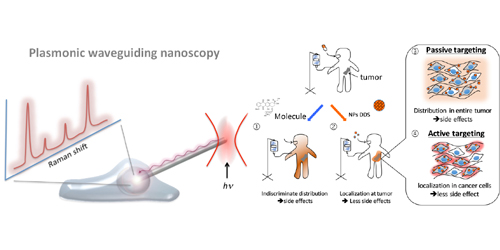
Laboratory of Coherent X-ray Optics
- Nano-structure analysis of cell organelles etc. by x-ray diffraction microscopy
- Development of ultra-fast coherent x-ray imaging
- Development of imaging techniques utilizing focused coherent x-rays for life science applications
- X-ray spectroscopy utilizing photon interference
- Atom-resolving x-ray holography
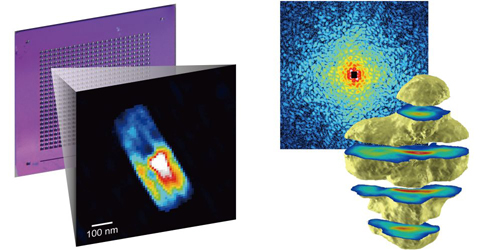
Laboratory of Nanosystem Optical Manipulation
Laboratory of Organic Quantum Optoelectronics
- Organic semiconductor devices
- Quantum sensing devices
- Nanoscale optics

Material and Molecular Sciences
Laboratory of Photonic Nanomaterials
- Photofunctional molecules and nanomaterials
- Fluorescent probes for sensing and bioimaging
- Single-molecule detections and imaging
- Control of charge carrier dynamics in low dimensional materials
- Hybrid nanomaterials for energy and electron transfer
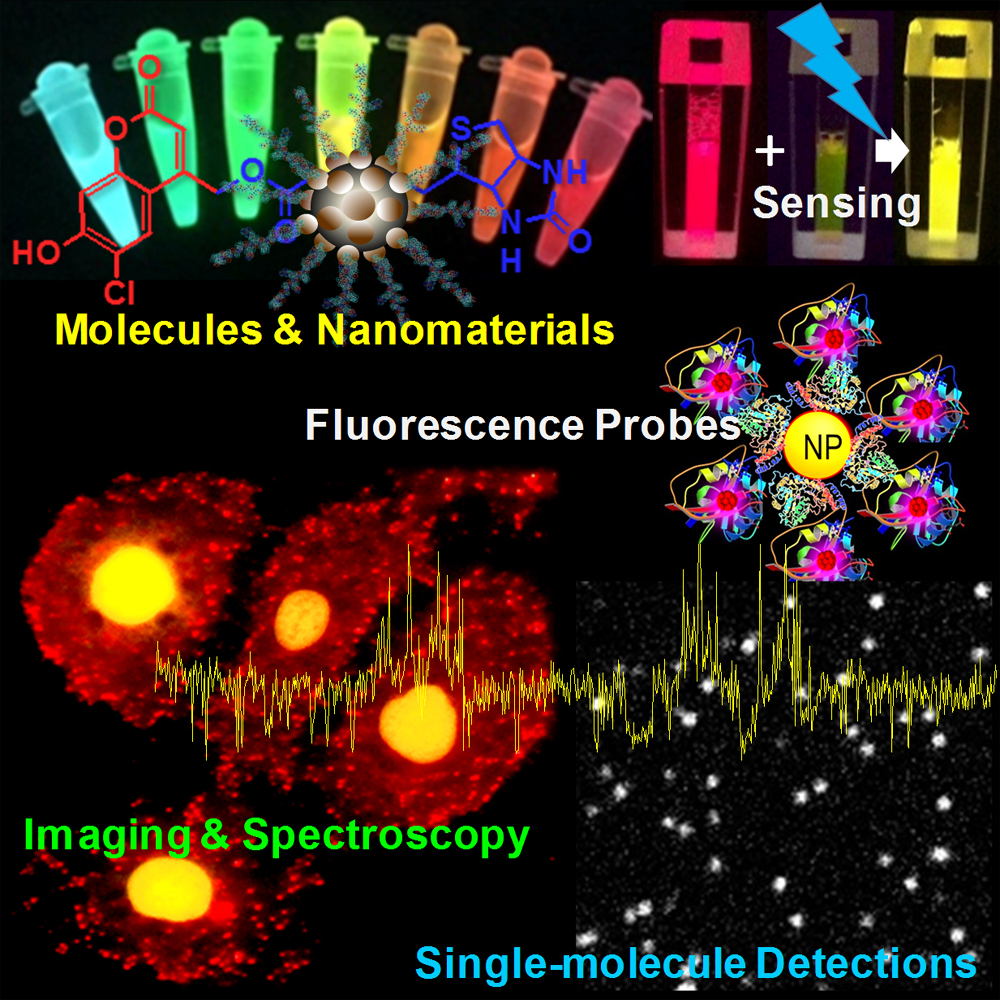
Laboratory of Emergent Electronic Materials
- Development of materials to host condensed matter physics.
- Chiral materials and their novel electronic states
- Synthesis of aperiodic stacking layered materials
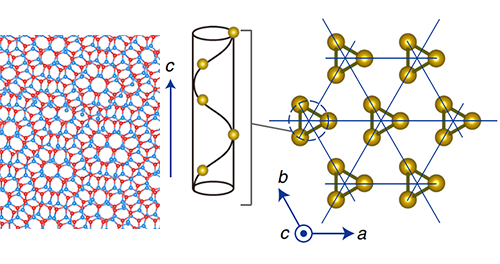
Laboratory of Advanced Supramolecular Materials
- Molecular machines
- Photoresponsive molecules
- conjugated molecules
- organic opto-electronics
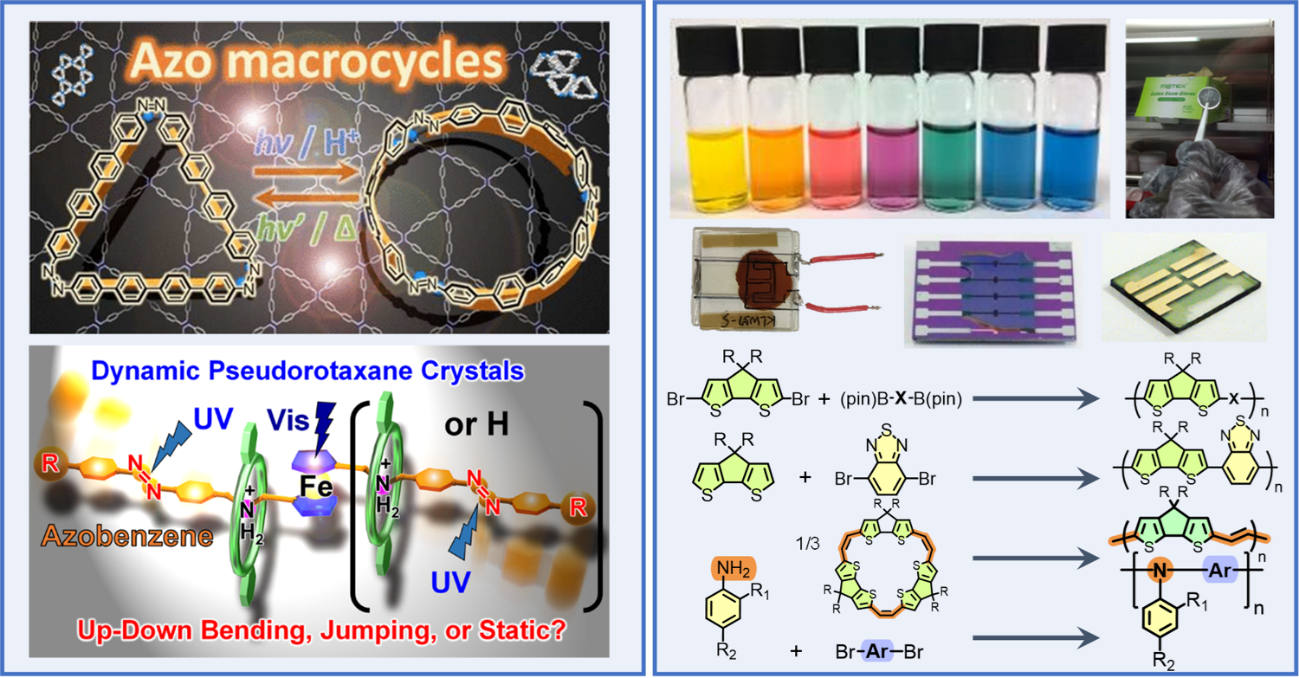
Biology and Life Sciences
Laboratory of Information Biophotonics
- High-speed bioimaging
- Large-scale 3D fluorescence imaging
- Biological image analysis using deep learning
- Optogenetic control of living organisms by lightwave engineering
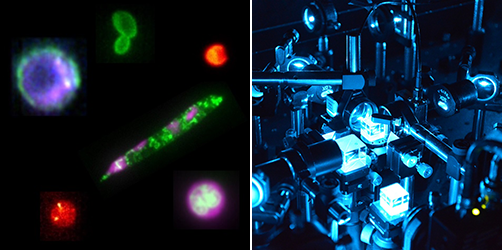
Laboratory of Molecular Device
- Organization of DNA and DNA-mimetics and its photo-function-alization
- Synthesis of DNA-templated metal nanowire
- Creation of virus-based drug delivery carries
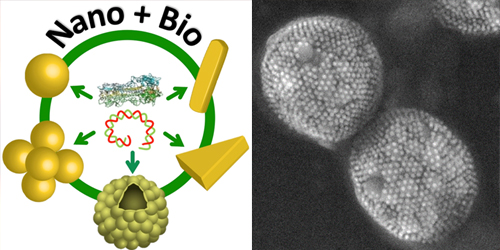
Laboratory of Biomedical Data Science
- Development of Small Data Analysis Algorithms
- Development of Medical Devices and Medical AI
- Elucidation of Pathological Brain Dynamics
- Understanding the Relationship Between Autonomic Nervous Activity and Various Diseases
Cooperative Research
Laboratory of Social Cooperation Advisory
- Application of nonlinear dynamics to biological rhythm analysis
- Development of healthcare systems based on gait rhythm analysis
- Introduction of methodology based on qualitative cognition to social system analysis
- Analysis of research organization for development of advanced science and technology
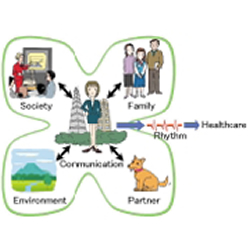
Alliance Collaborative Research Laboratory
Laboratory of New-paradigm computing
- 自然現象の創発現象を用いた新概念コンピューティングの探求
- 社会課題を物理現象にマッピングするモデル化技術の探索
- 社会の複雑なネットワーク構造から規則的なグラフへの埋め込み技術の開発
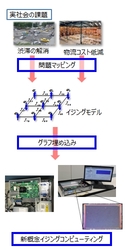
Collaboration with the Center for Human Nature, Artificial Intelligence, and Neuroscience
Joint Research and Education Center with College of Science, National Yang Ming Chiao Tung University (Taiwan)
Green Nanotechnology Research Center
Laboratory of Nanostructured Functional Materials
- Creation of nanostructured spintronic devices
- Development of optic, magnetic, and electronic devices using magnetic thin films
- Evolution of superconducting properties and Exploration of novel superconductors
- Exploration of novel functional properties through simultaneous control of carrier and pressure
- Development of optical devices employing nanoimprint lithography
- Low-temperature imprint through voltage application
- Control of glass-surface characteristics through corona discharge treatment
- Alkali-proton replacement using palladium catalyst electrode
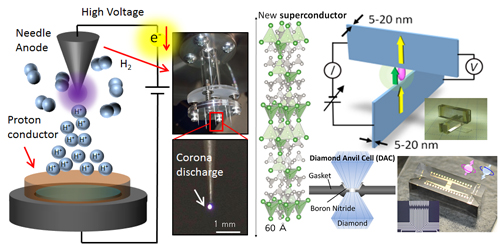
Laboratory of Functional Thin Film Materials
- Development of functional oxides based thin film devices utilizing photonic, electronic, and magnetic properties
- Fabrication of conducting oxide based superstructure and their potential investigation as thermoelectric materials
- Development of special epitaxial growth method
- Development of novel transparent oxide semiconductor thin film transistors
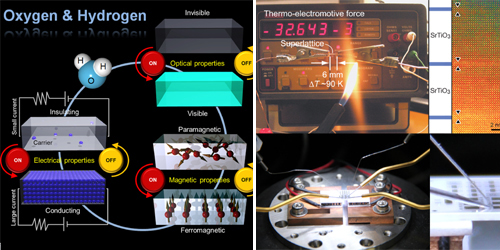
Laboratory of Interactive Functional Material
- Structural, compositional and functional design of inorganic nanomaterials by spatially selective assembly and device applications
- Development of inorganic/organic nanosensor materials with both robustness and molecular recognition ability
- Integrated artificial olfactory sensor and odor digitalization
- Collection, analysis, and utilization of biochemical information from odors
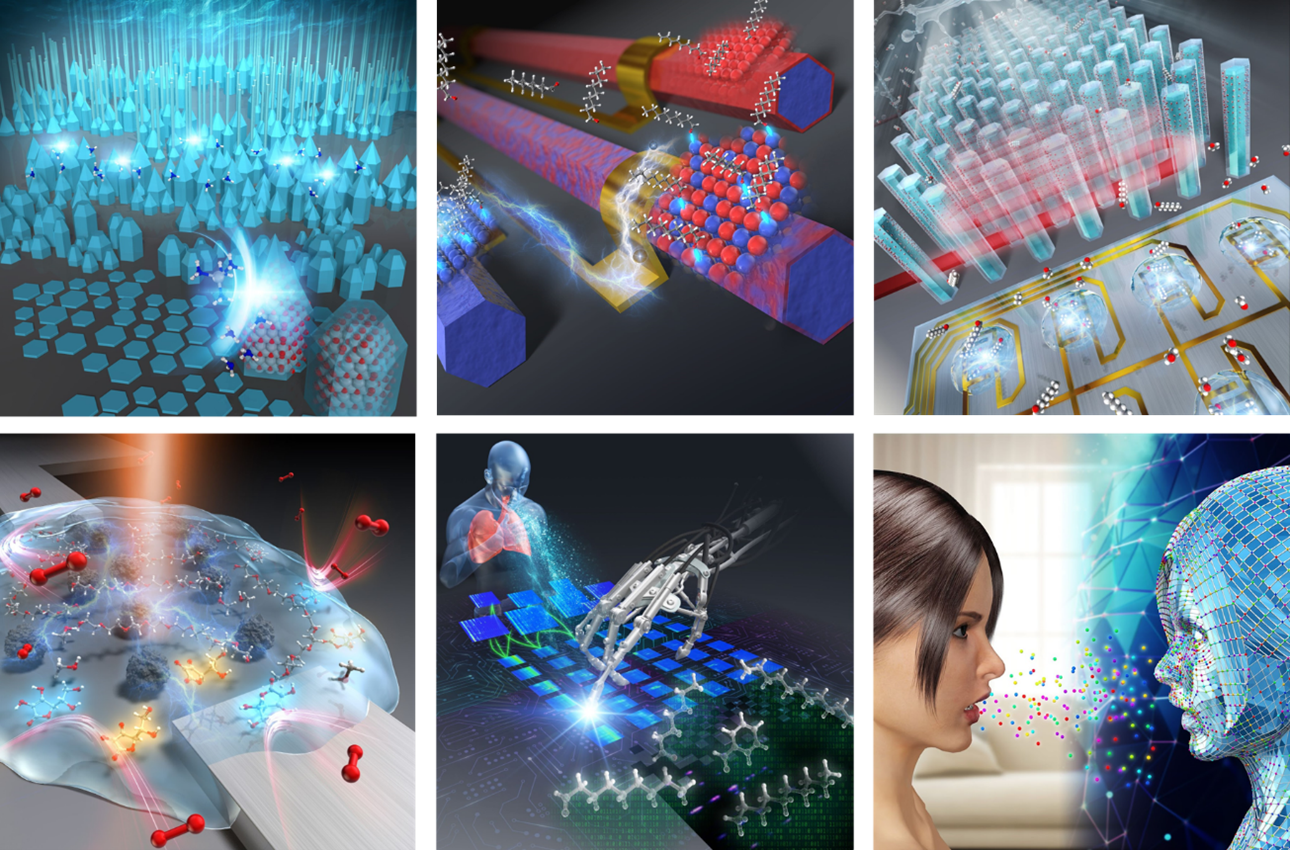
Office of Materials and Devices Research Strategies
Co-creative Research Support Department
Nikon Imaging Center
The Nikon Imaging Center at Hokkaido University (NIC@Hokudai) promotes the improvement and development of bio-imaging technologies and their application to the life sciences. The NIC@Hokudai also aims to facilitate cooperation between enterprises related to microscope technology, and to participate in both educational research and international exchange.
- To provide an environment for basic research with state-of-the-art microscopy and imaging equipment
- To provide training courses on basic and advanced microscopy
- To develop new microscopy techniques incorporating specific user requirements
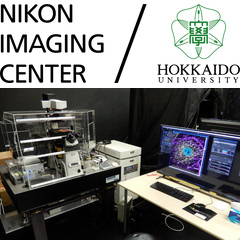
Promotion Office for International Alliance
The Research Institute for Electronic Science is promoting research and human exchange through international collaboration. We have concluded exchange agreements with laboratories and centers in each country (Asia: 6, Europe, USA: 4), and exchange staff and students, joint symposium etc. and joint research project are carried out. The Promotion Office for International Alliance was established in 2012 in order to further develop international collaborative activities through planning and planning advice on international collaboration and to enhance and strengthen collaborative activities as a hub of the international network. We are setting up a collaboration program between domestic laboratory network and oversea research organization network.
- RIES-Hokudai International Symposium every year inviting speakers from abroad
- Conclusions of academic agreement with overseas research institutes (6 research organizations in Asia, 4 research organizations in Europe and the USA as of Sep. 2018)
- Bilateral Joint Research Project of the Ministry of Education, Culture, Sports, Science and Technology, JST Strategic International Science and Technology Cooperation Promotion Project etc. (2007-2013)
- 1 Human Frontier Science Program Grant Award to promote interdisciplinary international collaborative research on biology and surrounding fields 1 case in 2007, 2 cases in 2010, 1 case in 2013 (Number of awards (RIKEN, after Tokyo University) nationwide 3rd place, award-winning rate per number of faculty nation top)
- Ig Nobel Prize in 2008, 2010
- One Yamato Adrian Prize awarded for excellent collaborative research between Japan and the UK (2010)
- Excellent International Collaborative Research Results; Science 2007, 2010, Adv. Mater. 2012, 2014, Nature Materials 2013, Nature Commun. 2015, Nat. Chem. Biol. 2017, ACSnano 2018 et al.
Nanotechnology and DX Center
We support the research and development by nano/ miciro fabrication techniques using EB lithography system, clean room environment and so on, and advanced characterization of nanomaterials using CsSTEM, FE-SEM, XPS.
Technical consultation, equipment training and technical support will be carried out to other universities, public institutions, corporate users. We also actively accept collaborative research.













